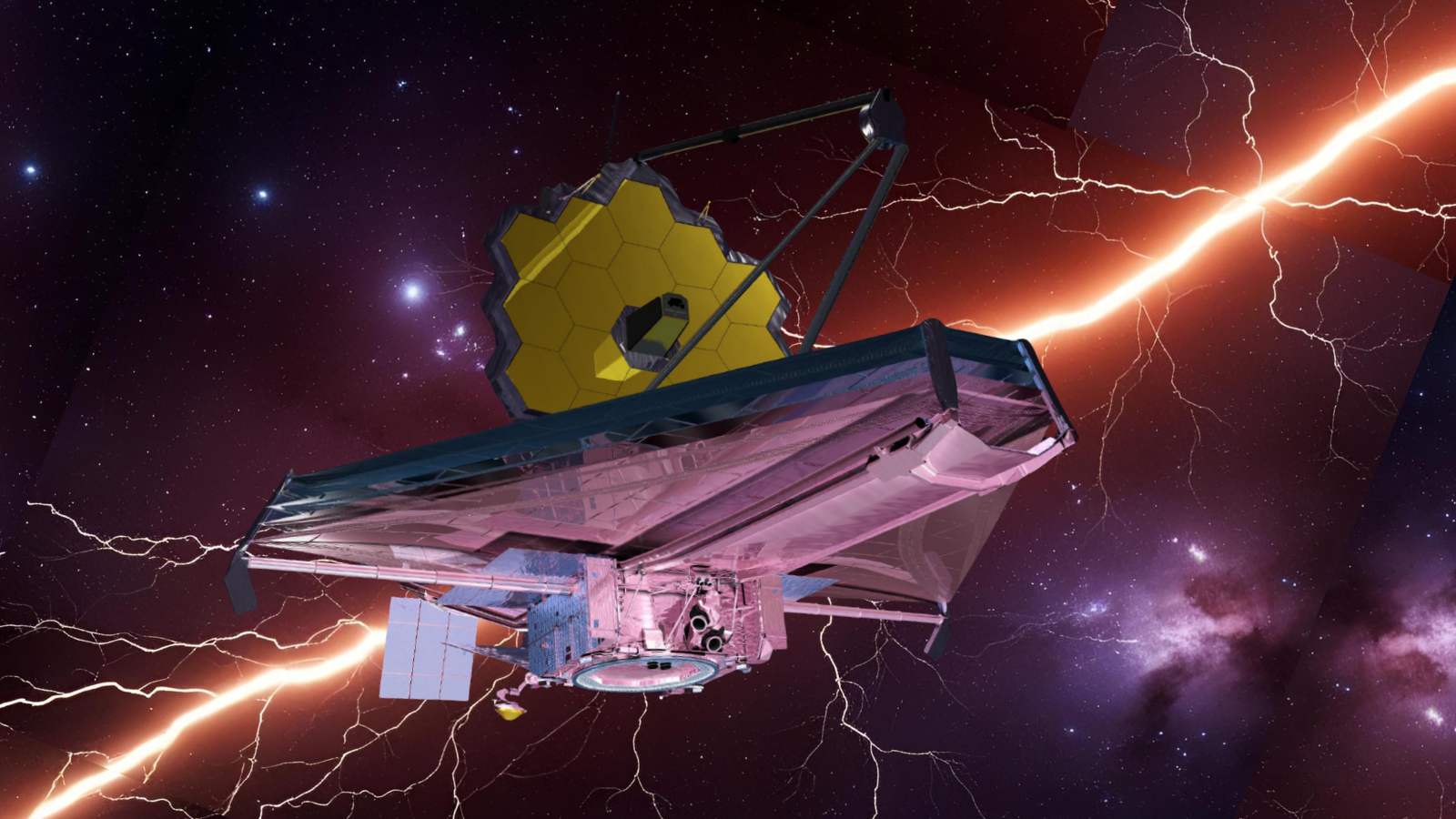Watch an Asteroid Fly by Earth Today in a Live Webcast from Slooh!
This weekend you can see live telescope views of an asteroid hurtling past Earth, thanks to astronomy broadcaster Slooh.
An asteroid known as 2000 QW7 is expected to pass by Earth closely, but safely, at 3.3 million miles (5.3 million kilometers) from Earth, or about 14 times the average distance between Earth and the moon. (NASA sent out a statement reassuring people that this happens all the time, and there's no need to panic.) The asteroid's closest approach will be at 7:54 p.m. EDT (2354 GMT) on Saturday (Sept. 14).
You can start watching the asteroid online in the hour before it gets closest to Earth. Tune in to Slooh's free live broadcast here on Saturday at 7 p.m. EDT (2300 GMT) to watch Slooh astronomer Paul Cox and several guests explain what risks asteroids can pose to life on Earth. The broadcast will also include live views of Comet C/2018 W2 (Africano), which is expected to be 2019's brightest comet.
You can watch the webcast here at Space.com, courtesy of Slooh. Viewers can ask questions on social media using #AskSlooh. Memberships for in-depth access to Slooh's streaming services start at $20 per year.
This will be asteroid 2000 QW7's first flyby of Earth since September 2000, when it was first identified. It won't make another approach until 2038. This space rock is between 950 feet and 2,100 feet across (290 to 650 meters).
This asteroid is considered part of NASA's medium category of asteroids, which includes space rocks that are at least 460 feet (140 m) across. While an asteroid of this size could cause catastrophic local consequences if it hits the Earth, scientists know enough about this particular asteroid's orbit to reassure people it will make a safe passage.
NASA (along with other space agencies and a network of partner telescopes) continuously tracks and identifies asteroids in case one does pose a threat to Earth, but so far scientists have not identified any imminent issues. The other asteroid coming by this weekend will be 2010 CO1, which comes by Earth fairly regularly for the time being; it will make its closest approach at 11:42 p.m. EDT tonight (0342 GMT on Sept. 14).
Breaking space news, the latest updates on rocket launches, skywatching events and more!
- The Hunt for Dangerous Asteroids: Here's How Scientists Do It
- About 17,000 Big Near-Earth Asteroids Remain Undetected
- Potentially Dangerous Asteroids (Images)
Follow Elizabeth Howell on Twitter @howellspace. Follow us on Twitter @Spacedotcom and on Facebook.

Elizabeth Howell (she/her), Ph.D., was a staff writer in the spaceflight channel between 2022 and 2024 specializing in Canadian space news. She was contributing writer for Space.com for 10 years from 2012 to 2024. Elizabeth's reporting includes multiple exclusives with the White House, leading world coverage about a lost-and-found space tomato on the International Space Station, witnessing five human spaceflight launches on two continents, flying parabolic, working inside a spacesuit, and participating in a simulated Mars mission. Her latest book, "Why Am I Taller?" (ECW Press, 2022) is co-written with astronaut Dave Williams.
